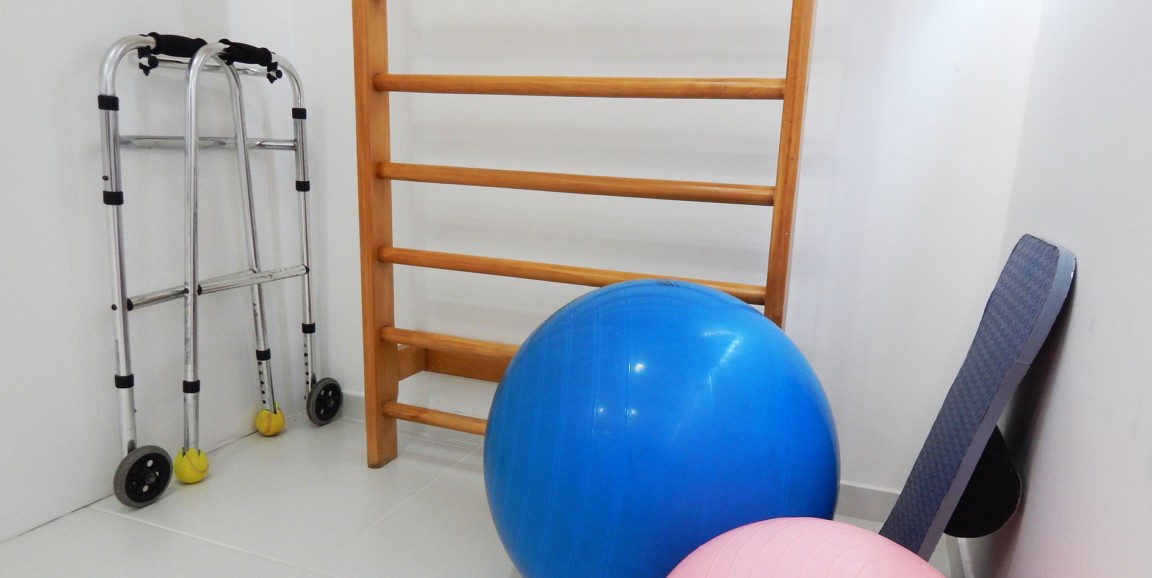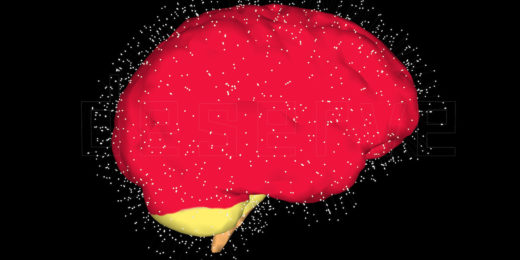Eric Sun, MD, PhD, is realistic about opioids and pain.
He knows that the nation yearns for a solution to the national crisis of addiction and overdose, a crisis that claimed more than 42,000 lives in 2016.
As an assistant professor of anesthesiology, perioperative and pain medicine at Stanford, Sun also understands the anguish of patients in chronic pain, and that alternatives to opioids will not always provide them the relief they crave.
There is no magic bullet, Sun told me recently, but there are options. He and colleagues from Stanford and Duke examine one alternative -- physical therapy within months of a musculoskeletal pain diagnosis -- in a new study, published in JAMA Network Open.
Their results are promising. As I wrote in the Stanford Medicine news release, their analysis of insurance claims for 88,985 patients found that those who underwent physical therapy within three months of being diagnosed with pain in the shoulder, neck, low back or knee were approximately 7 to 16 percent less likely to use opioids in the subsequent months.
That meant the odds of these patients filling any prescription for opioids in the period three months to a year after being diagnosed with severe musculoskeletal pain were reduced. It's an important indicator, as the U.S. Centers for Disease Control and Prevention has found that patients with past prescriptions for opioid pain medication are at greater risk than others for misuse or overdose.
Sun and his colleagues also looked at claims among patients who did fill an opioid prescription. They found that early physical therapy made a difference there, too. As the release notes:
For patients with shoulder, back or knee pain who did use opioids, early physical therapy was associated with a 5 to 10 percent reduction in how much of the drug they used.
Drilling down further, the researchers found that patients with two of the conditions who underwent early physical therapy were less likely to chronically use opioids in the long term -- 66 percent less likely for patients with knee pain and 34 percent less likely for patients with low back pain.
Sun told me he hopes the results help inform doctors who are anxious to treat patients' pain while minimizing exposure to potentially addicting medications. CDC guidelines encourage them to do exactly that when possible.
Also, he said, a benefit of physical therapy is that it has few drawbacks. "Many guidelines suggest that physical therapy is an important component of pain management," Sun said in the news release, "and there is little downside to trying it."
Photo by aldineiderios






